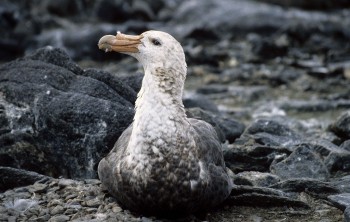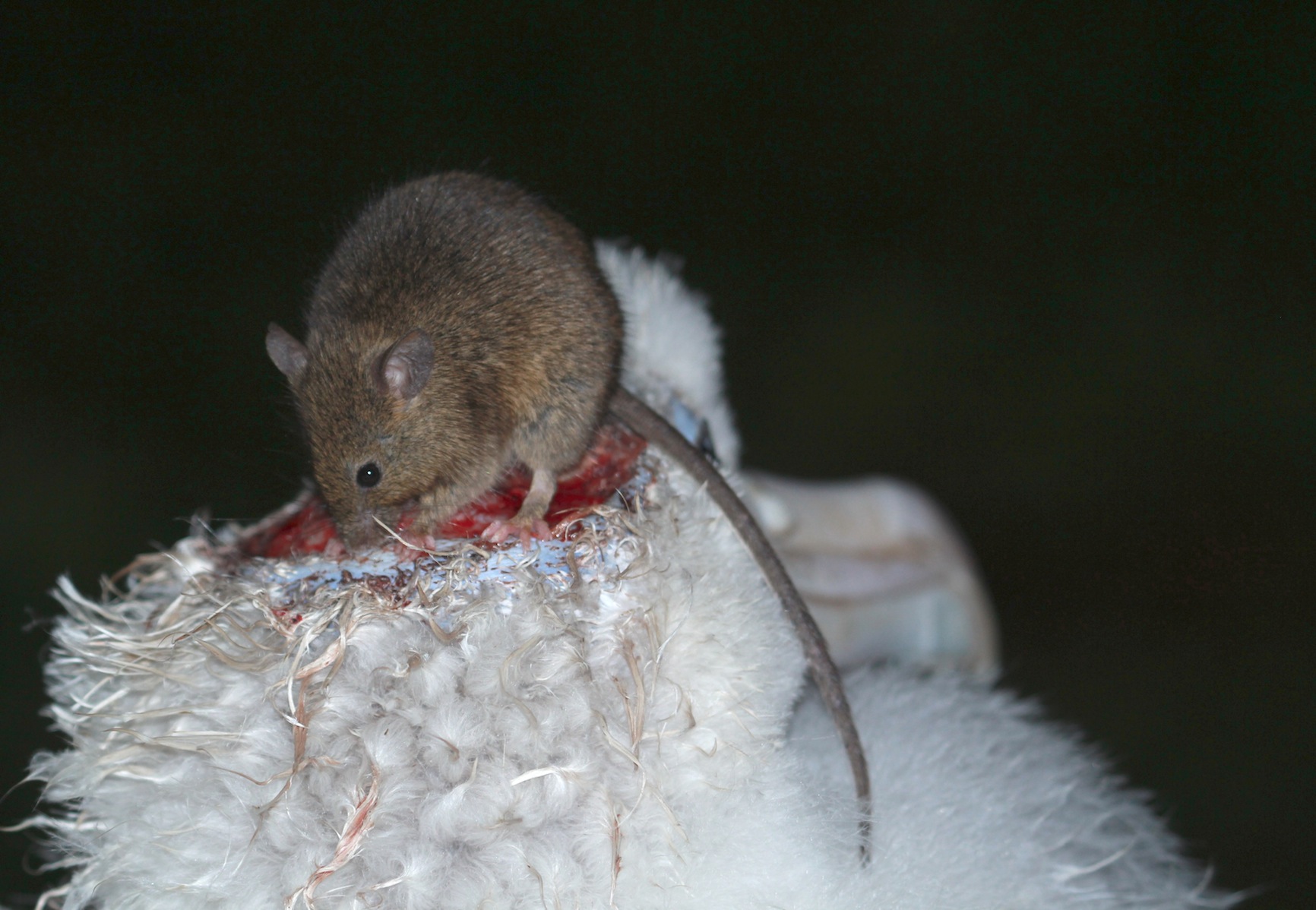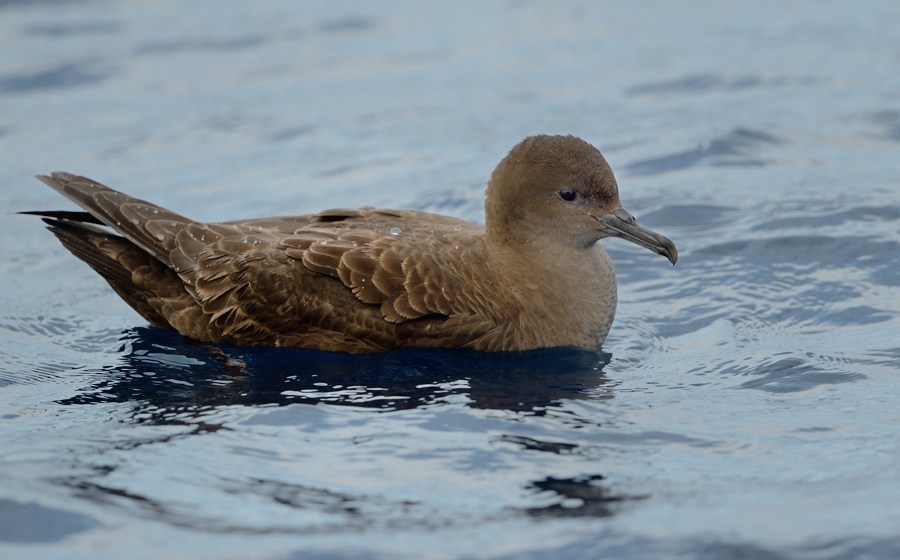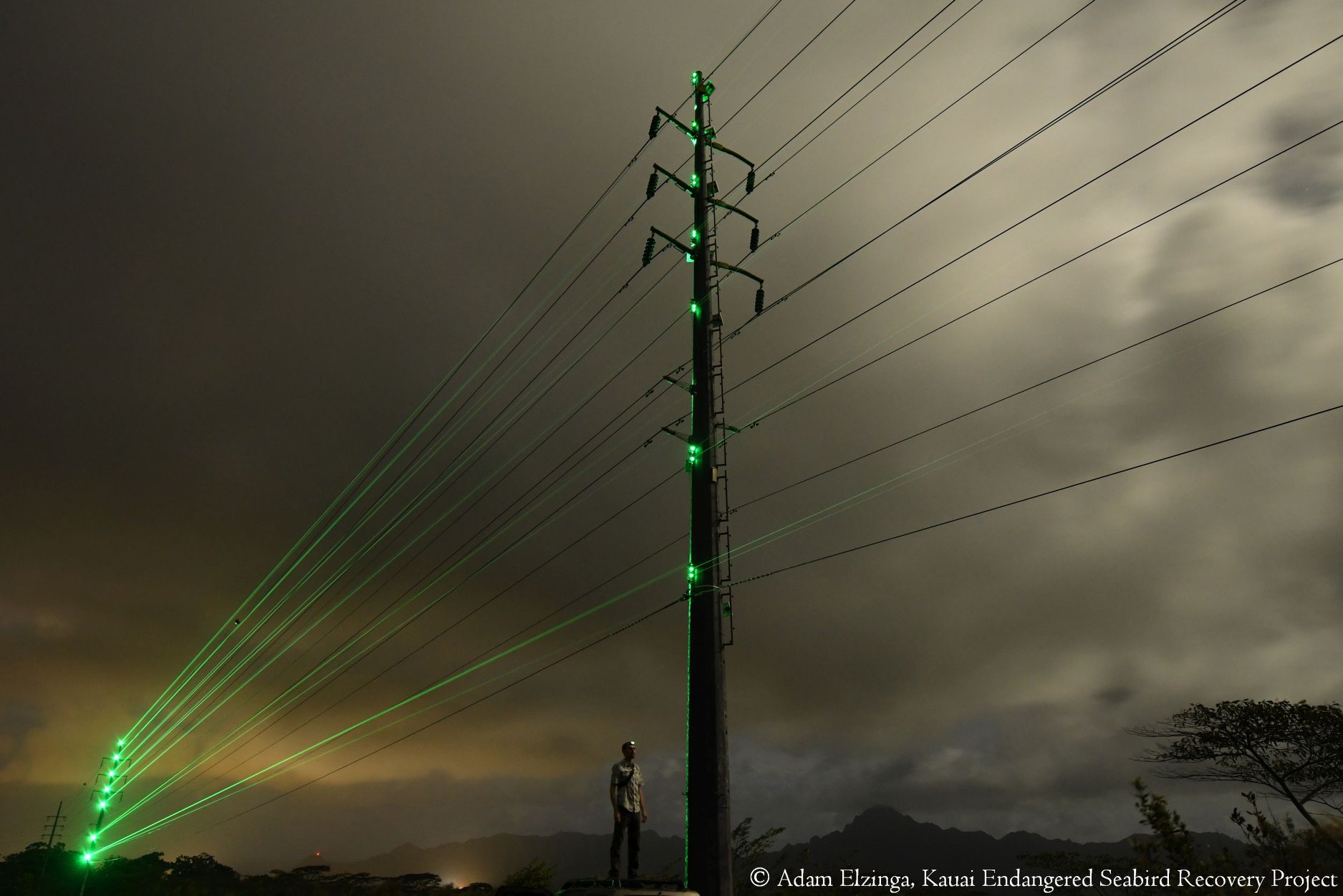Harriet Paterson (University of Western Australia, Centre of Excellence in Natural Resource Management, Albany, Australia) and Nick Dunlop have published open access in the journal Marine Ornithology on the paucity of plastic pollution in globally Near Threatened Flesh-footed Shearwaters Ardenna carneipes.
The paper’s abstract follows:
“Flesh-footed Shearwaters Ardenna carneipes are declining globally, and exposure to plastic pollution may be a contributing factor. To investigate the exposure of the southwestern Australian population to plastic, under the assumption that fragments would be defecated by burrow occupants or occasionally spilled as parents regurgitate food to their young, and samples were collected from nesting burrows from Shelter and Breaksea islands and examined for plastic fragments. One fragment was found among a total of 67 burrows inspected. The lack of plastics may be due to the feeding habits of these birds, or the availability of plastics related to local oceanography. Our study provides evidence that plastics may not yet be an issue for nesting Flesh-footed Shearwaters on the south coast of Western Australia.”
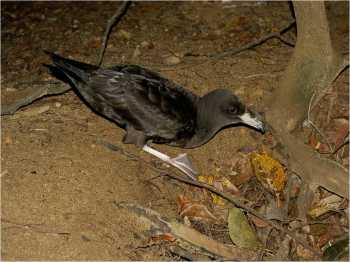
Flesh-footed Shearwater, photograph by Barry Baker
Reference:
Paterson, H.L. & Dunlop, J.N. 2018. Minimal plastic in flesh-footed shearwater Ardenna carneipes burrows at southwestern Australia colonies. Marine Ornithology 46: 165-167.
John Cooper, ACAP Information Officer, 04 September 2018

 English
English  Français
Français  Español
Español 